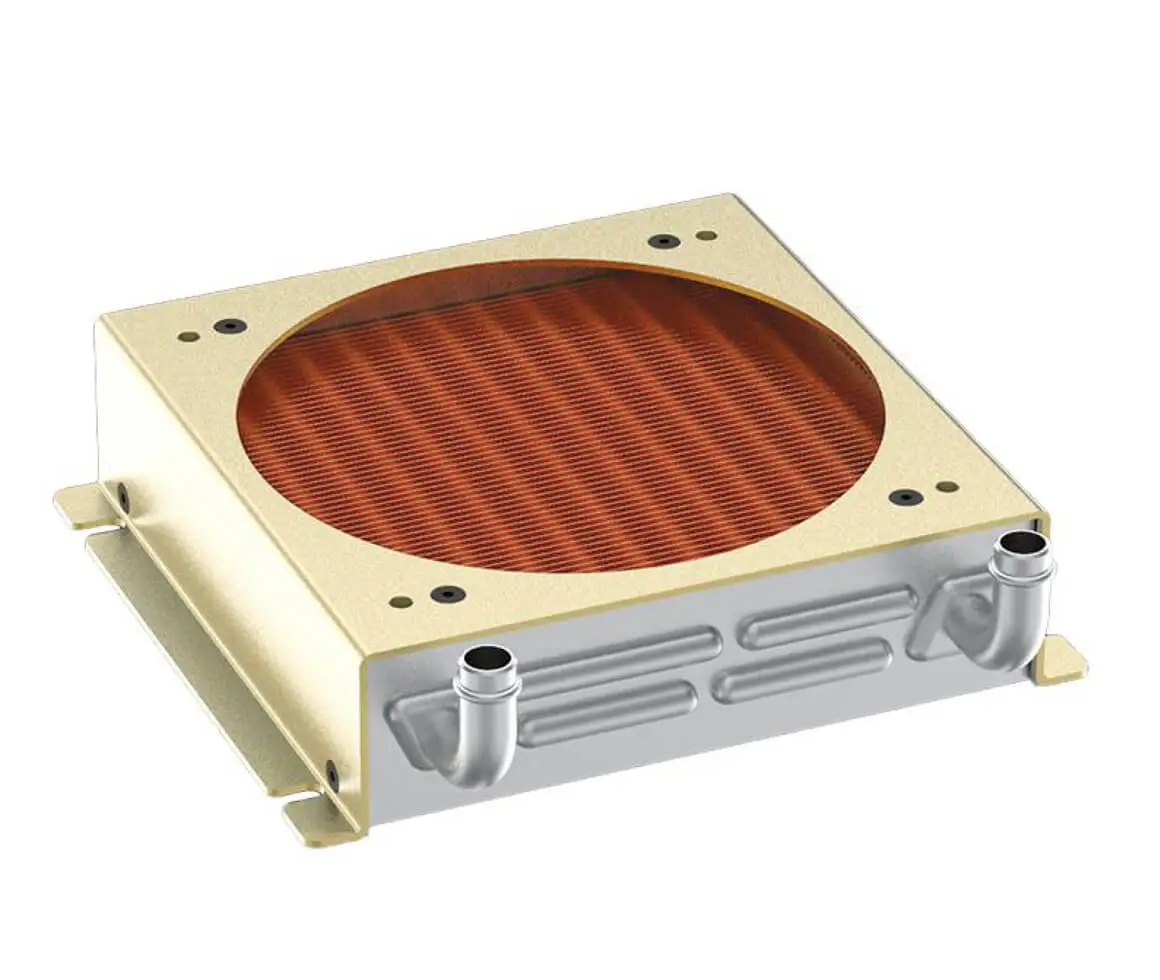
A heat exchanger is an energy-saving device that effectively facilitates heat transfer between two or more mediums with different temperatures.
The working principle of a heat exchanger is based on the laws of thermodynamics and the principles of heat transfer. In this process, the heat exchanger utilizes walls made from materials with excellent thermal conductivity to promote heat transfer. This design allows heat from a high-temperature fluid to be efficiently transferred to a low-temperature fluid through the wall, achieving effective heat exchange.
For example, in the cooling system of an automobile engine, a heat exchanger transfers heat between the coolant and the hot gases inside the engine. This process helps maintain the engine at the proper operating temperature. Heat transfer can be complex and may involve several methods, including conduction, convection, and radiation. Heat conduction occurs within solid materials or between solids in close contact. Convection is typical in fluid flow processes, while radiation does not require a medium and can occur in a vacuum.
Heat exchangers significantly improve energy efficiency and reduce energy consumption, which is particularly important in today's energy-constrained environment. For example, large-scale manufacturing facilities can cut energy costs and improve their competitiveness by effectively utilizing heat exchangers.
Additionally, heat exchangers have a compact and organized structure, allowing them to occupy relatively little space, making installation and maintenance convenient. Whether in a cramped production workshop or complex equipment layout, heat exchangers can find a suitable placement.
Moreover, heat exchangers have a wide range of applications and demonstrate strong adaptability to varied working conditions and fluid properties. They can operate efficiently in harsh environments with high temperatures and pressures, as well as with fluids that possess special chemical properties.
In the industrial sector, heat exchangers are extensively used in chemical, petroleum, and power industries. For instance, various chemical reactions in production require specific temperature conditions, which heat exchangers can help control accurately. In petroleum refining, heat exchangers assist in separating different fractions. Similarly, in power generation equipment, heat exchangers ensure stable operations, performing functions such as heating, cooling, evaporation, and condensation.
In the civilian sphere, heat exchangers are prevalent in air conditioning systems, water heaters, and other appliances. During hot summer months, the heat exchanger in an air conditioner efficiently transfers indoor heat to the outside, creating a comfortable environment. In water heaters, heat exchangers quickly transfer heat to cold water, providing a supply of warm water.
Heat exchangers not only create a comfortable living environment but also offer energy-saving solutions. They play a crucial role in energy recycling as well. For example, in waste heat recovery systems, heat that would otherwise be lost is salvaged using heat exchangers, significantly enhancing overall energy utilization. This recovery process reduces energy waste and is important for environmental protection and sustainable development.
